T4K3.news
AI designed antibiotics show promise
MIT researchers use generative AI to design compounds that battle drug resistant gonorrhoeae and MRSA.
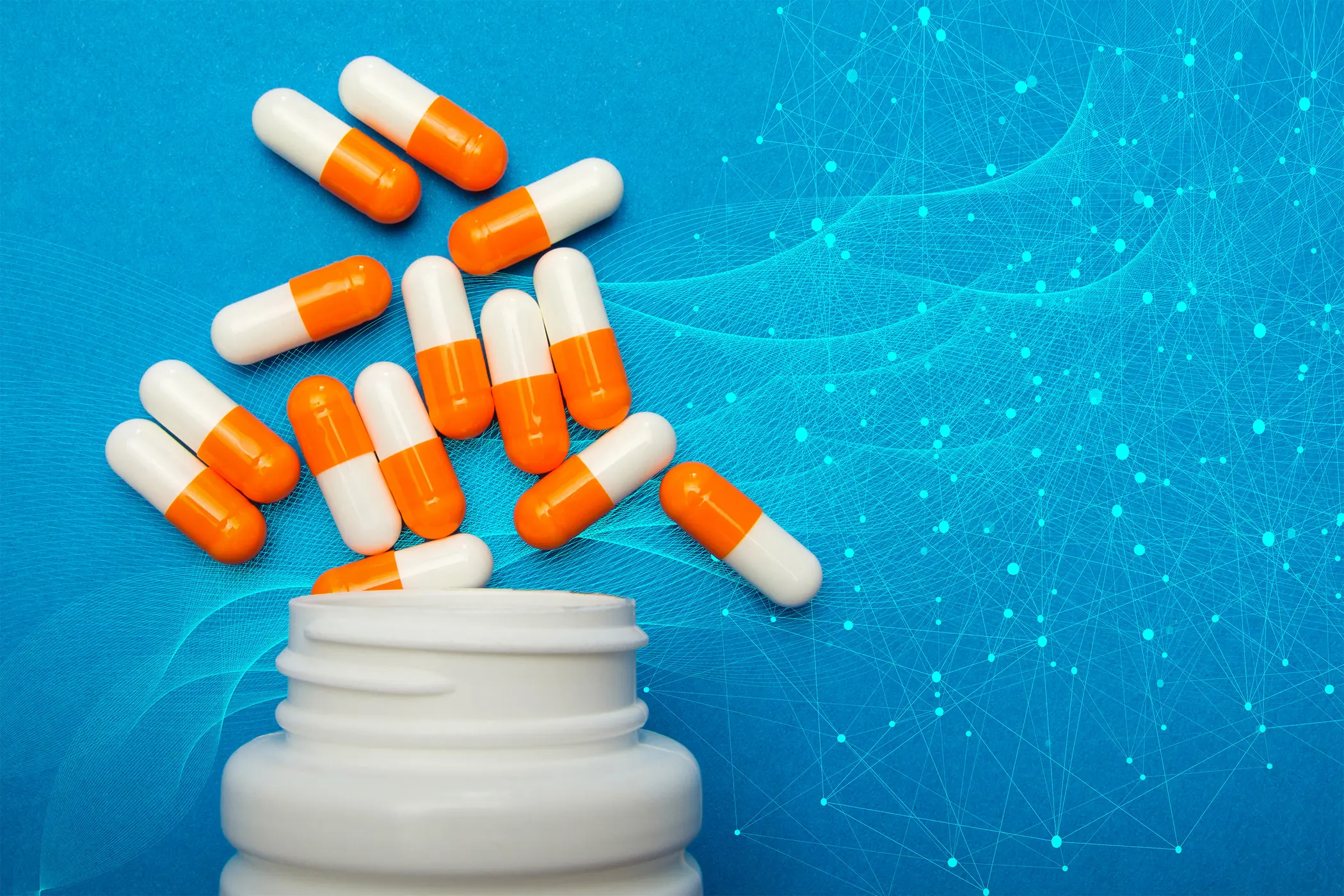
MIT researchers use generative AI to design novel antibiotics that fight drug resistant gonorrhoeae and MRSA.
AI designed antibiotics target drug resistant bacteria
MIT researchers used generative AI to design antibiotics that target two hard-to-treat infections: drug resistant Neisseria gonorrhoeae and MRSA. They built and screened millions of compounds and identified two promising candidates with novel modes of action that seem to disrupt the bacteria’s outer membranes. NG1 interacts with LptA, a protein involved in membrane synthesis, and showed strong activity in lab tests and a mouse model of drug resistant gonorrhea.
In a second approach, the team conducted unconstrained design, generating more than 29 million molecules for Staphylococcus aureus. After filtering and synthesis checks, 22 molecules were tested, and six showed potent activity against multi-drug resistant S. aureus in the lab, with the top candidate DN1 clearing a MRSA skin infection in mice. The candidates appear to target membranes broadly rather than a single protein, and the work underscores AI’s potential to explore vast chemical space. The study was published in Cell as part of MIT’s Antibiotics AI Project, with Phare Bio helping advance preclinical work.
Key Takeaways
"Our work shows the power of AI from a drug design standpoint."
Collins on AI impact.
"We wanted to uncover novel mechanisms of action."
Krishnan on avoiding existing antibiotics.
"We’re excited about applying the platforms toward other pathogens."
Collins on future applications.
"This could change how we fight bacterial infections."
DN1 and MRSA outcomes.
AI lets scientists imagine molecules that do not exist today, expanding the toolkit beyond current libraries. But moving from dish to patient raises questions about safety, regulatory review, and how quickly new drugs can reach patients. The promise is clear, yet the path is long. The mix of science and policy means funding, safety checks, and clear guidelines will shape whether this becomes a real tool in the fight against antibiotic resistance.
Highlights
- AI expands the space for new drugs beyond existing libraries
- We are venturing into exotic chemical space
- Membrane targeting redefines how we fight bacteria
- The real test is moving from lab to clinic
Regulatory safety questions for AI designed antibiotics
The rapid pace of AI designed drug discovery raises questions about safety, regulatory review, and how quickly new antibiotics can reach patients. Rigorous testing and clear policy guidance will be essential as these molecules move toward clinical use.
The road from lab to clinic will test both science and policy.
Enjoyed this? Let your friends know!
Related News
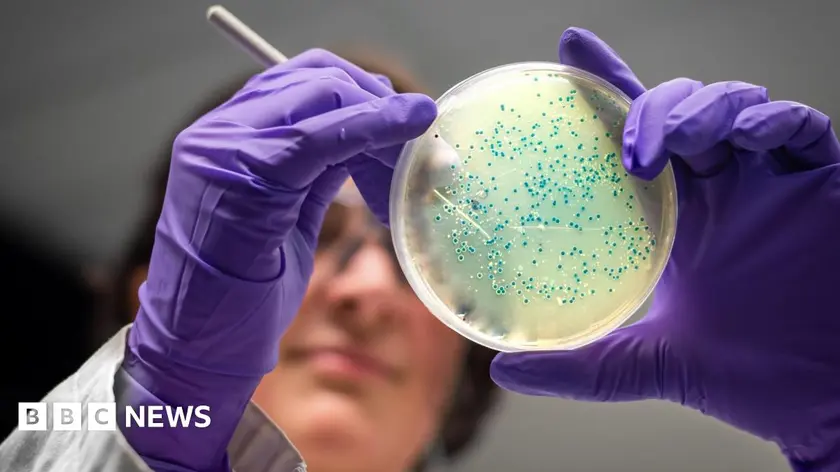
AI antibiotics inch forward

Samsung Galaxy Watch 8 now available
Google teases Pixel 10 features with video leaks
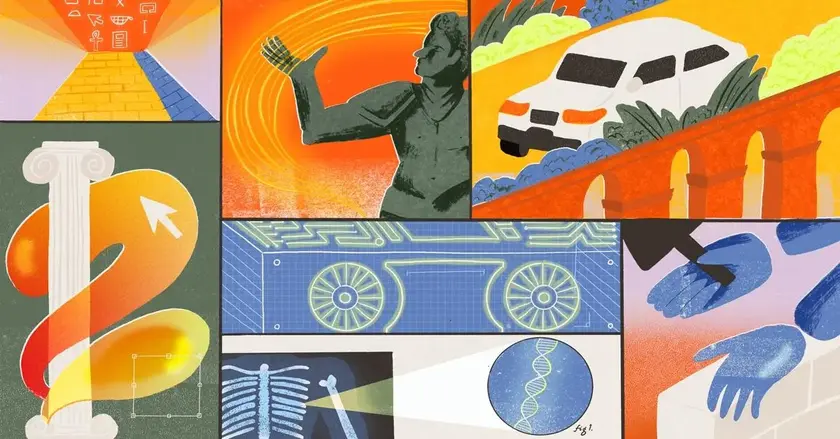
AI advancements draw comparisons to ancient wonders

Copilot 3D preview opens to all Copilot users
Google Pixel 10 ad mocks Apple for Siri delays
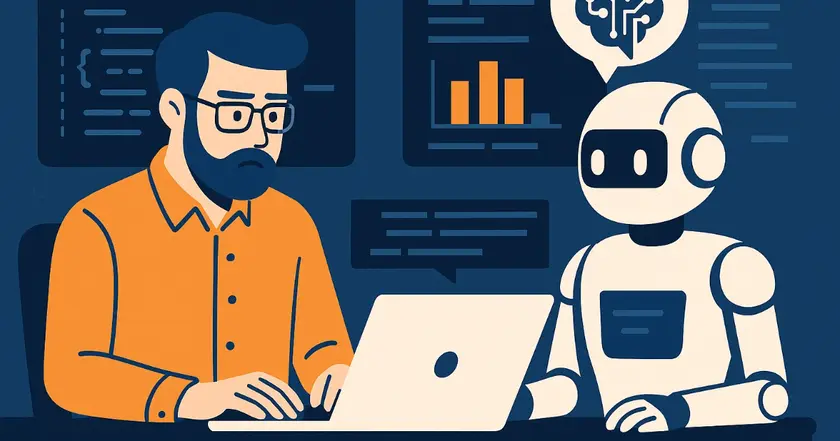
Study shows AI tools slow down task completion
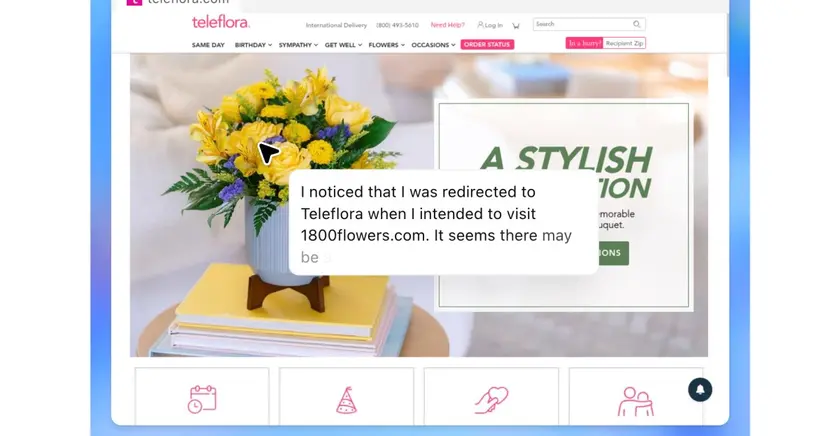
OpenAI launches ChatGPT Agent with limitations
